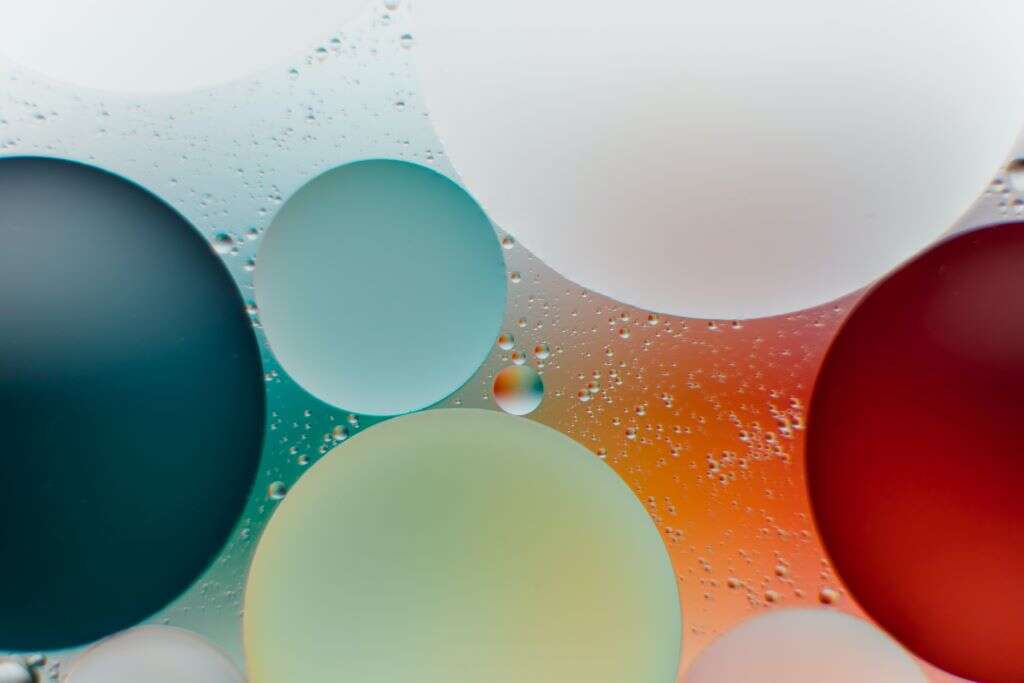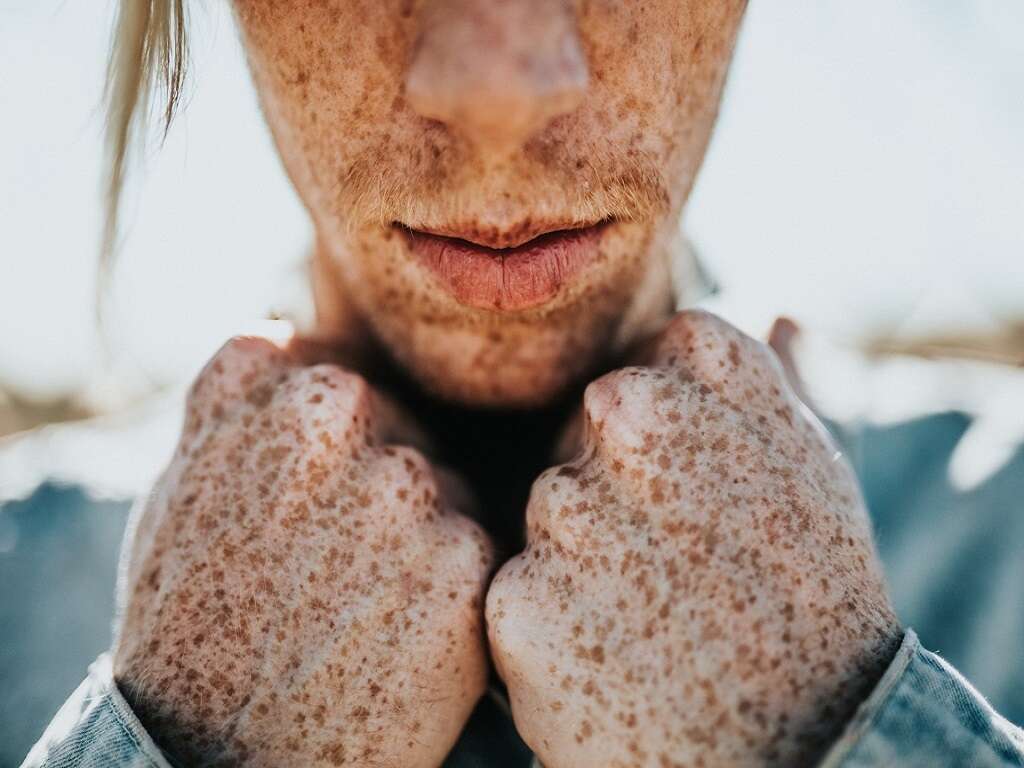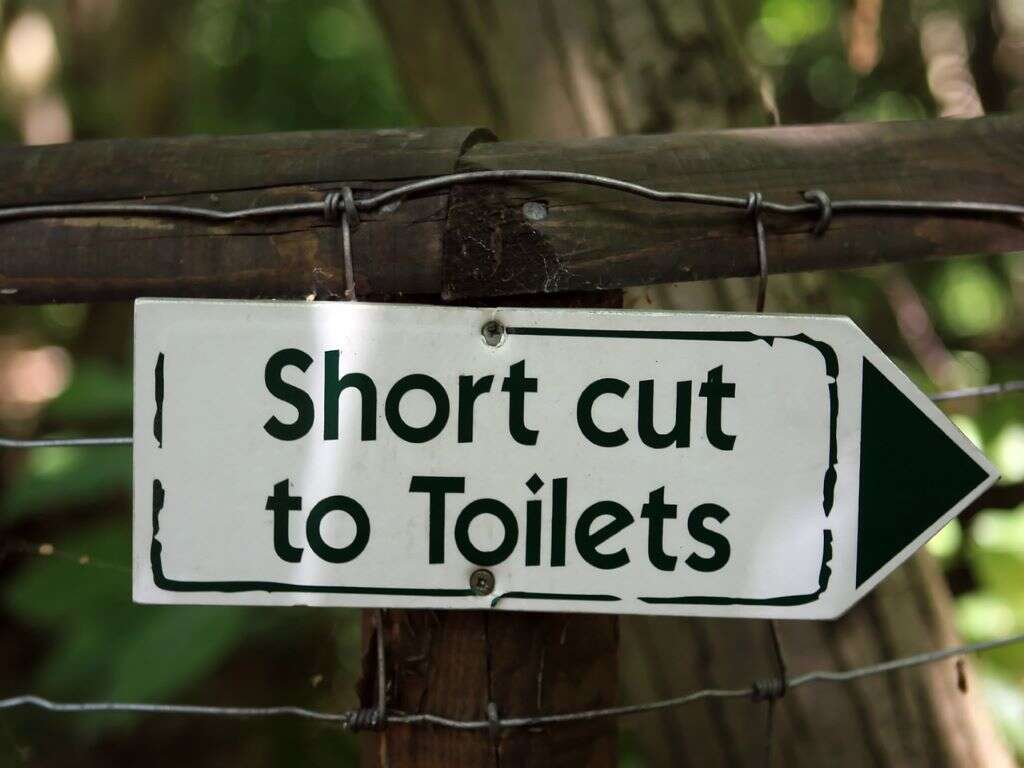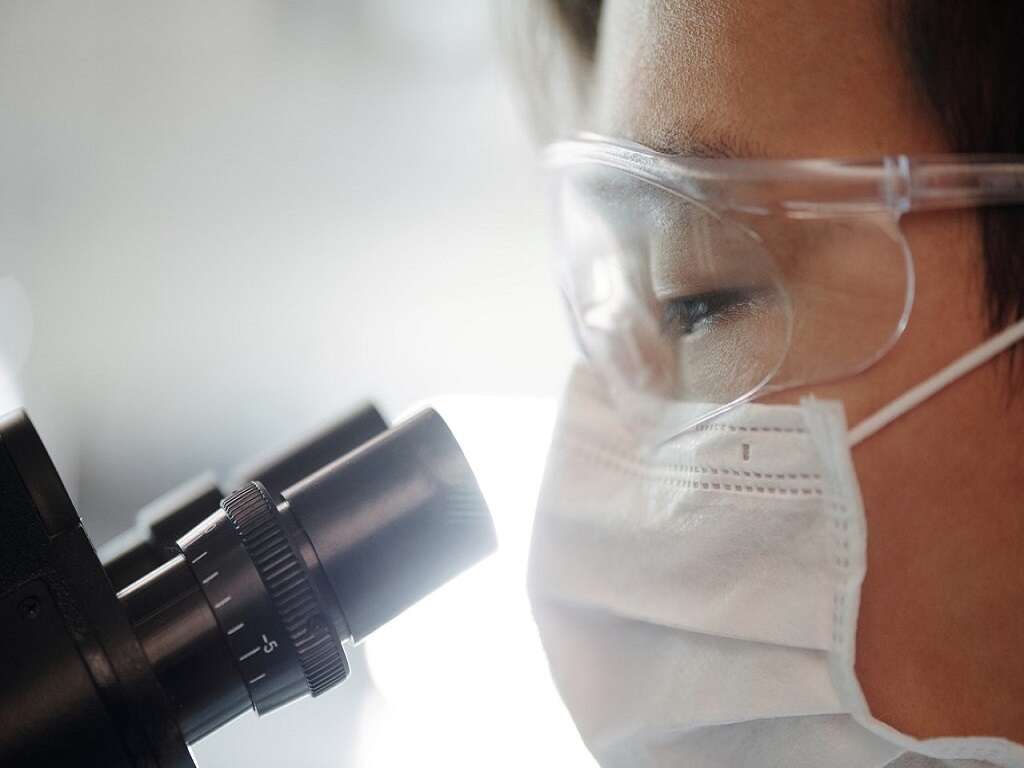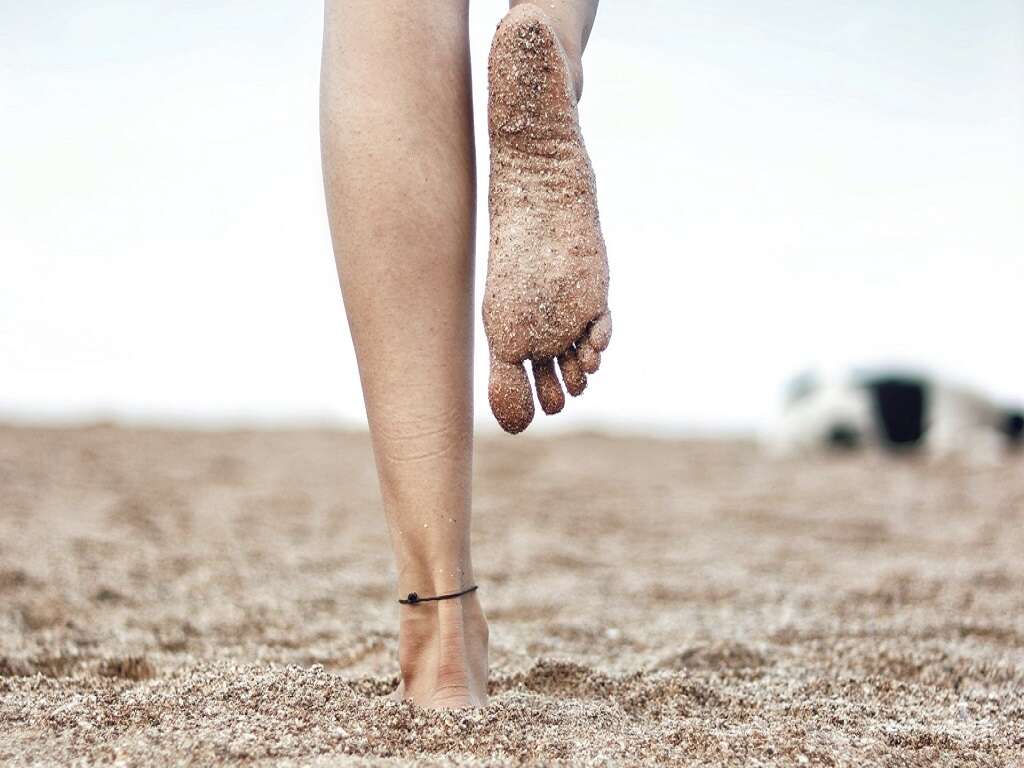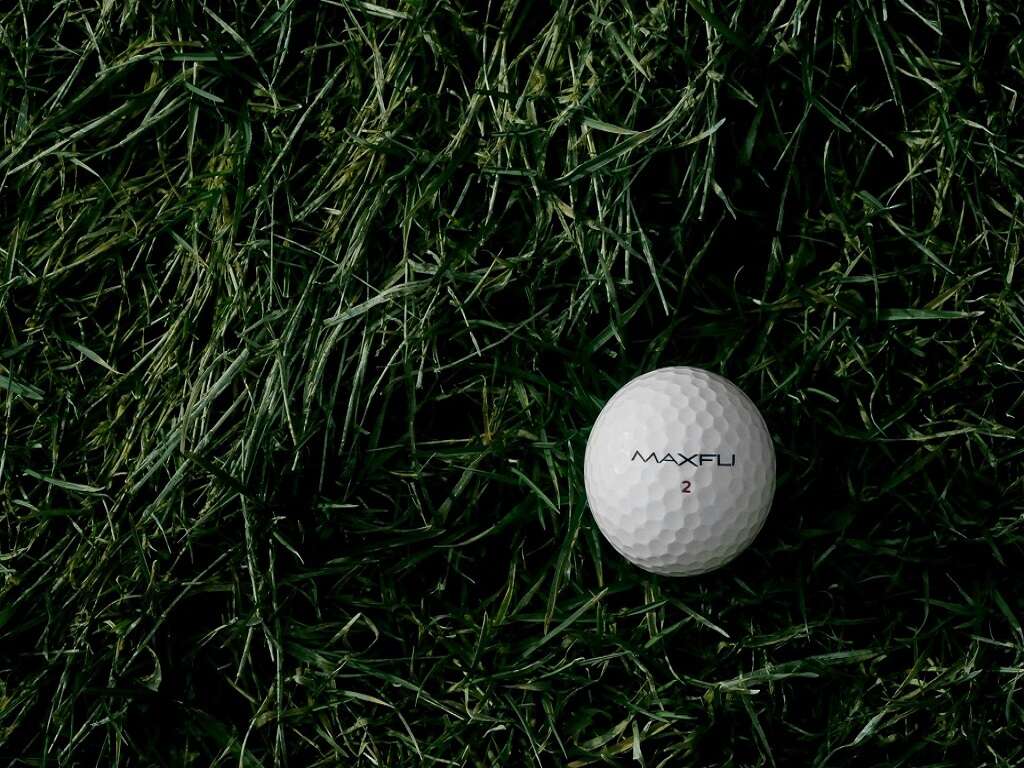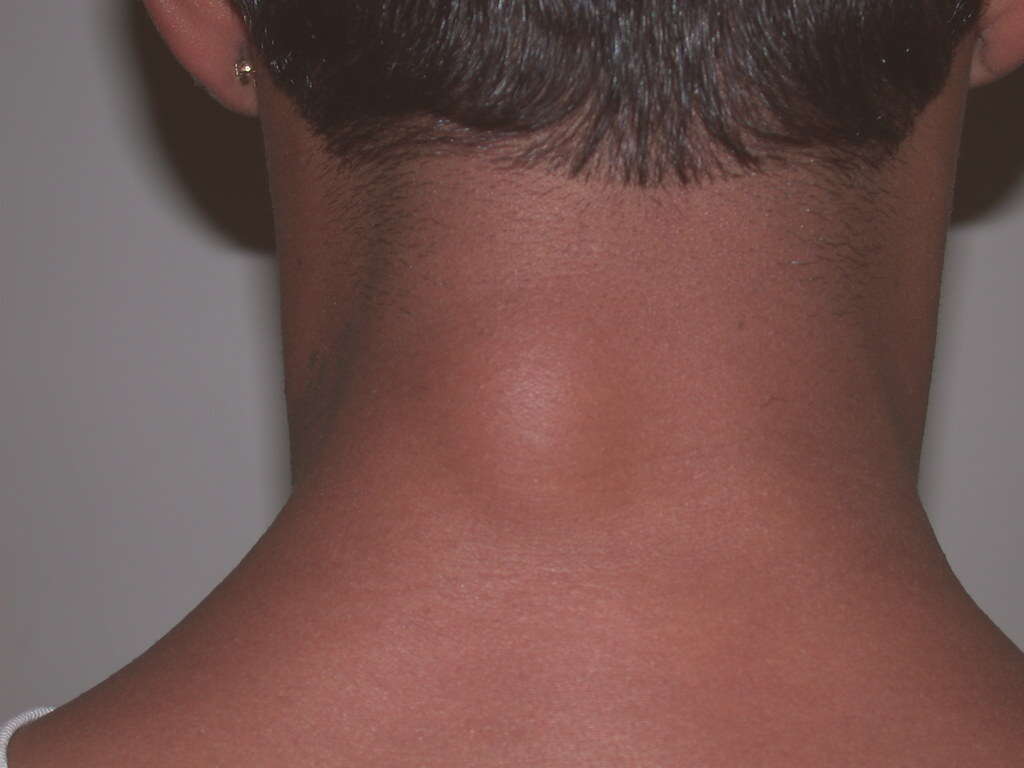Sebaceous Cyst Causes, Treatments & More
 Article Sources
Article Sources
- 1. Publishing, Harvard Health. 'Sebaceous Cysts.' Harvard Health, Dec. 2018, www.health.harvard.edu/a to z/sebaceous-cysts-a-to-z.
- 2. The Editors of Encyclopaedia Britannica, et al. 'Sebaceous Gland.' Encyclopædia Britannica, Encyclopædia Britannica, Inc., 20 July 1998, www.britannica.com/science/sebaceous-gland.
- 3. 'Sebaceous Cysts: Treatment & Cause.' Sebaceous Cysts, Cleveland Clinic, https://my.clevelandclinic.org/health/diseases/14165-sebaceous-cysts.
- 4. 'Anesthesia' NHS Choices, NHS, 14 June 2018, www.nhs.uk/conditions/anaesthesia/#:~:text=local
- 5. 'Nonmelanoma Skin Cancer.' _Mayo Clinic_, Mayo Foundation for Medical Education and Research, 28 Jan. 2020, www.mayoclinic.org/diseases-conditions/sebaceous-carcinoma/cdc-20352957.
8. Can I Pop or Remove a Sebaceous Cyst Myself?
Trying to pop or squeeze a sebaceous cyst at home is dangerous. If the cyst bursts and drains, an infection could occur. Untreated infections create the possibility of more dangerous repercussions. Plus, it’s likely the cyst will grow back from sebum left in the sac.
A sebaceous cyst includes cells making up the wall of the cyst. Even if drained, the wall of the cyst continues to refill the empty pocket. Causing a cyst to burst may provide temporary relief but damages the skin and increases the likelihood of scarring.
Advertisement
